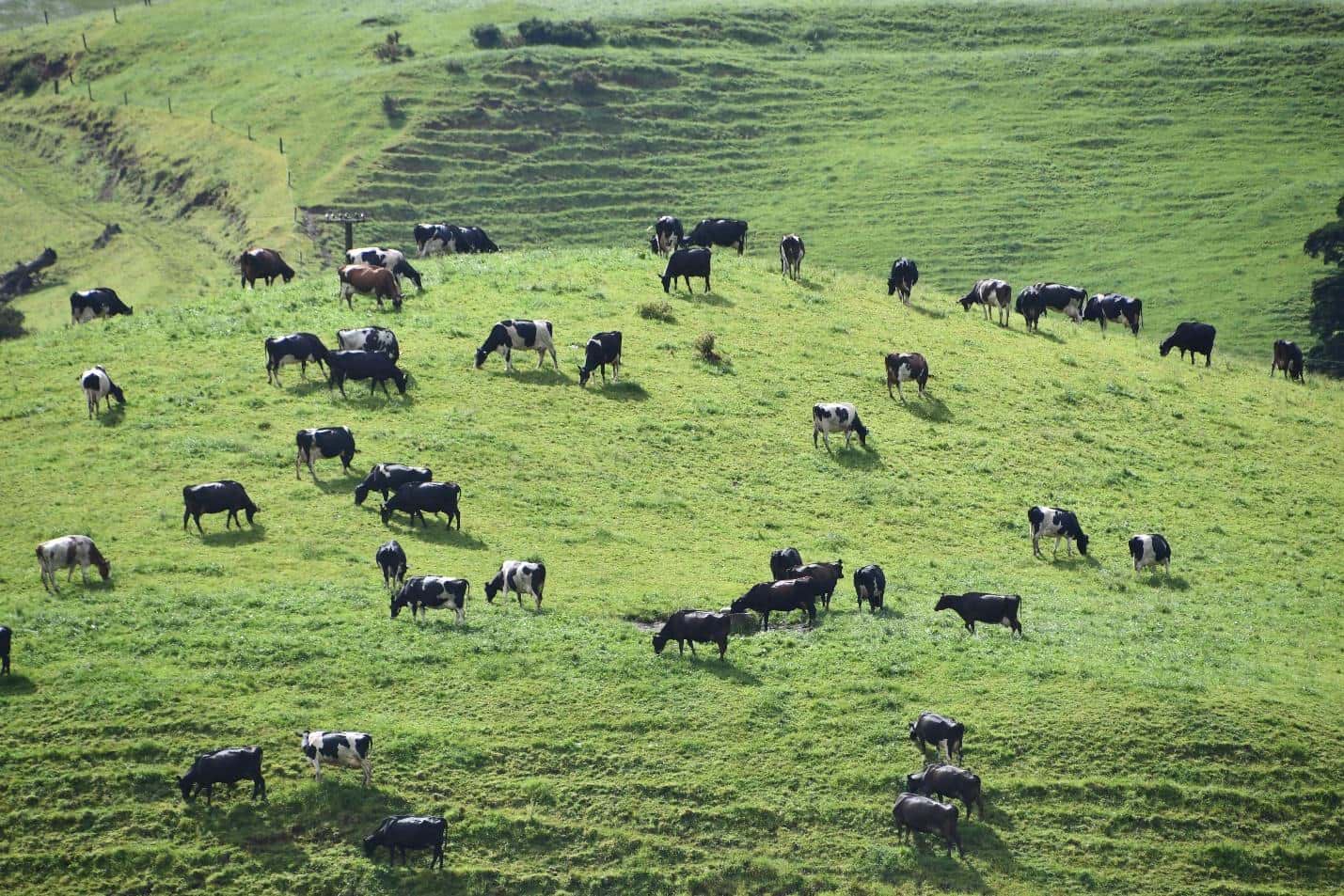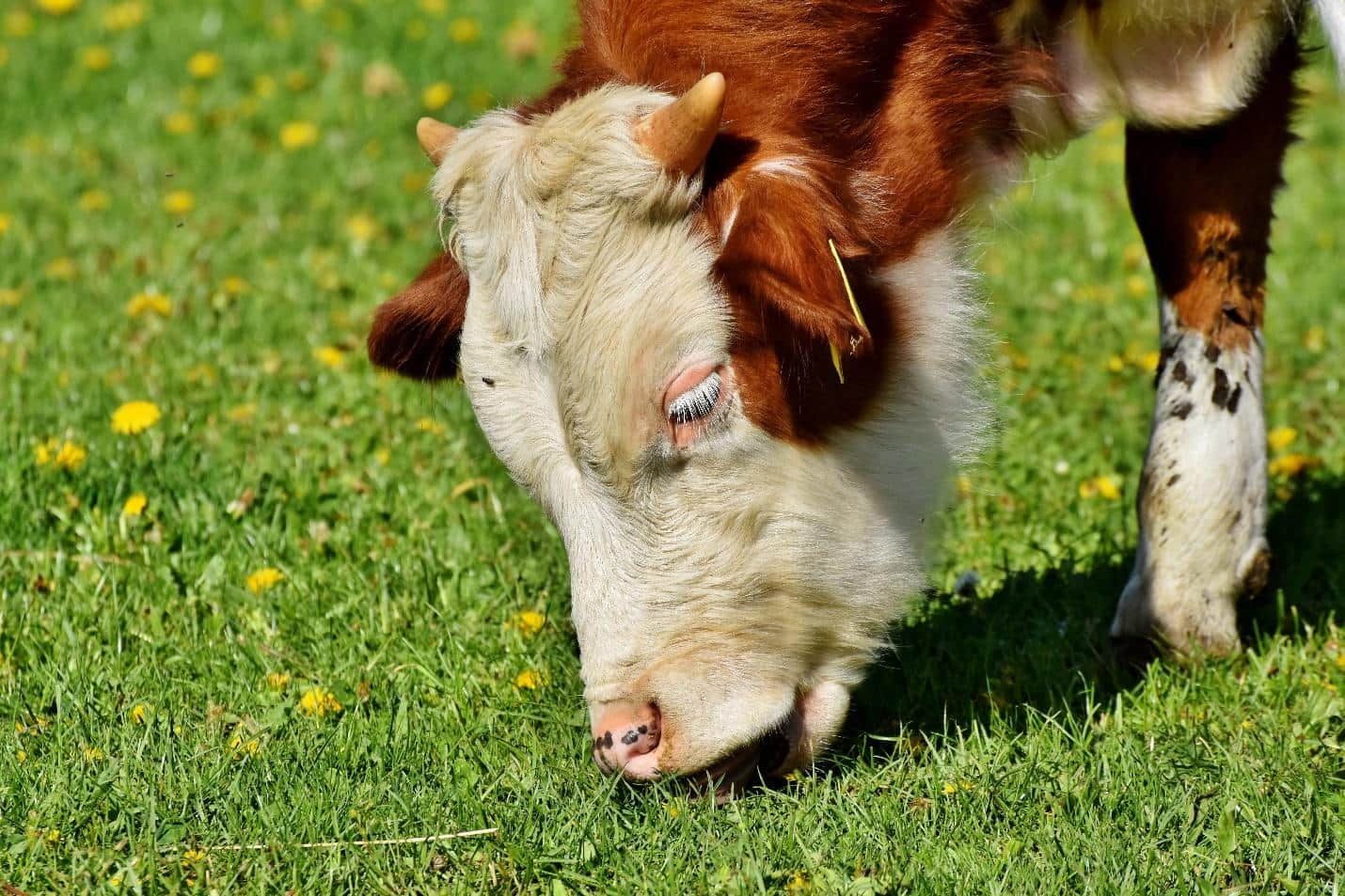Your pasture is one of the most valuable resources on your farm. It’s one of the best and inexpensive ways of feeding your cows with high-quality, tasty forage – but it needs management.
Pasture management is both a science and an art that requires planning and intuition. On one hand, you have your cows, and on the other hand, you have your pasture.
You have to make sure that your pastures grow as much as possible and that your cows consume it in a way that will give them optimum nutrition with minimal wastage!
Easy peasy!
Ok, not really. But we’re here to make it a tad bit easier for you with a few helpful pointers that can go a long way in making that gorgeous relationship between your cows and your pasture.
Factors that affect pasture utilisation:
- Over mature forage is not ideal since cows find it hard to bite off tall grass and it is also difficult to digest.
- Short forage that is less than 5-7 cm does not allow the cows to get enough of a big bite so they end up wandering about a lot to get enough forage. It also makes it harder for the grass to regrow.
- So its ideal to graze your cows in paddocks that have a minimum of 1,500 to 3,000 kg DM per ha. Under that you’re compromising nutrition intake and regrowth. Over that you’re gonna lose a lot of grass in wastage.
- If forage is contaminated by urine or feces, it will not get eaten
- Forage that is also stamped on will not get eaten
- If there is too much of a variety at the buffet, the less tasty dishes are always going to get left out, aren’t they? Similarly, if there are too many plants for your cows to choose from, they’re going to get spoilt for choice and pick only the yummy plants. Once the yummy plants are polished off, the less desirable ones remain and will start dominating your pasture.
Quick tips to influence pasture utilisation:
- The area and amount of grass available to the cows at any one time should always be kept to a minimum. This will ensure that fresh and juicy grass is always available.
- When you divide up your paddocks in a rotational grazing system, it reduces stamping, trampling, the uneven spread of manure and instead, encourages grazing and resting.
- Give your cows enough water available readily in the paddock so they’re not spending unnecessary time away from the pasture.
- Clip mature plants and weeds
- When your cows graze a new paddock, they spend more time eating quickly and lesser time sauntering about or resting
- Your cows should always be offered high-quality forage for ease of digestibility
The ratio of pastures to animals:
This is an important calculation because your pasture to animal ratio needs to be just right. You don’t want there to be a food fight situation at the pasture buffet, nor do you want your precious forage to go to waste.
To have a good rotation, you need to choose the right stocking rate.
Stocking rate:
The stocking rate is the amount of pressure we place on the farmland. Since each animal needs to eat a particular amount of grass every day, and one acre of land has only so much potential to capture solar energy and grow grass, there is a concrete relationship between stocking rate, animal performance and quality of the land.
It’s important to note that there is a difference between high stocking rate and overgrazing.

A productive pasture can easily support higher stocking rates without tipping into overgrazing. The pastures will continue to maintain enough soil cover, canopy height and developed root systems without any soil compaction. And that’s pasture utilisation at its finest!
Carrying capacity:
There is also something called ‘Carrying Capacity’. This is the appropriate stocking rate that maintains both animal performance and land condition at an acceptable level.
Carrying capacity is an estimate of how much forage one piece of ground can produce on an average year. It can vary from year to year in the same area due to changes in forage production. Carrying capacity is expressed as the number of animal units that can be grazed for a specific period.
To put it simply, carrying capacity is the amount of forage available for grazing animals.
Since forage will not be available throughout the year, the stocking rate also cannot be the same throughout the year since supplemental feeding comes into the mix.
Cow BPM:
BPM or biting per minute refers to cow bite size.
Cattle can vary their biting rate from 30 bites per minute, up to even 80 bites per minute. Higher BPMs will occur when the pasture is short and cows can eat faster mouthfuls.

BPM or Biting per Minute depends on the size of the forage.
Forage production:
Forage production refers to the annual forage dry matter yield. The production of forage is affected by various factors like stocking rate, fertilisation, interseeding and planned grazing.
Seasonal utilisation rate refers to the percentage of annual forage that is eaten by the grazing animal.
The two main factors that determine forage utilisation are:
- Length of the grazing period
- Spatial grazing distribution
As grazing periods become longer and longer, more forage gets wasted because of fouling and manure. Shorter grazing periods on the other hand, will dramatically affect the forage utilisation rate, as we’ve already discussed in our rotational grazing articles.
The Purdue Extension Forage Field Guide shows that: shows that:
- A pasture that’s grazed continuously will result only in 40% utilisation
- A 4 paddock system will lead to 45% utilisation
- A 8 paddock system will lead to better results with 60% utilisation
- A 12 paddock system will result in about 65% utilisation
- While a 24 paddock system will result in about 75% utilisation
For more information on this, check out our other articles on rotational grazing.
Meanwhile, the above analysis shows that:
- Moving pastures every 3 days results in 70% utilisation
- Whereas moving pastures every 7 days reduces pasture utilisation to 50%
- And moving pastures every 14 days results in a mere 40% utilisation
The bottomline: smaller paddocks and more frequent rotations result in higher pasture utilisation.
Towards better pasture utilisation:
You know that productive pastures mean better profits. We like to say, ‘more green on your land equals more green in your hands’!
You know that a huge chunk of your profits lies in your pastures. We like to say, ‘more green on your land equals more green in your hands’!
Do you know how much pasture you are growing in your fields? How your pasture growth rate changes across different weather, inputs and grazing patterns? And more importantly, how much of it your cows are munching on? Enter pasture.io!
We’ve made measuring pastures effortless. We use high-resolution satellite images, your local weather and your farm records to give you accurate and automatic pasture growth updates every two to three days.
If you’re tired of measuring your pastures manually, you might want to learn more about how remote pasture measuring works.
Imagine having your Pasture Growth Rate, Farm Pasture Cover and Feed Wedge, on a day-to-day basis with zero labour costs! You’ll be able to make more effective grazing decisions and you’ll soon see what a huge difference it makes to your farm.
Our customers get a 40x return on their investment with us.
Check out our paid and free plans. It might just change your life. Until we meet again, happy farming.
- The Dedicated Team of Pasture.io, 2020-11-23